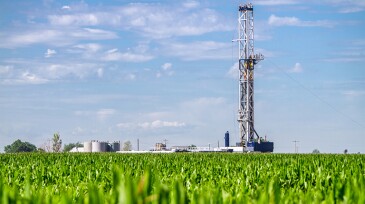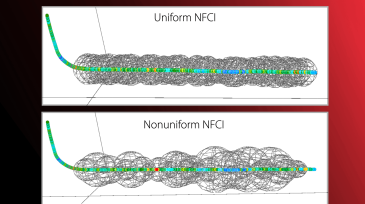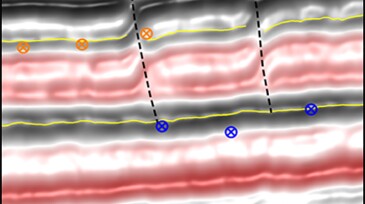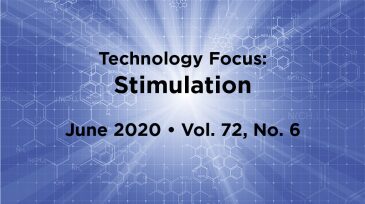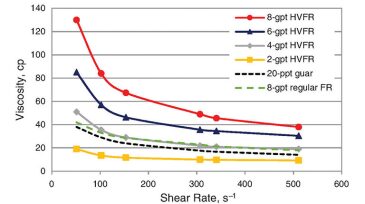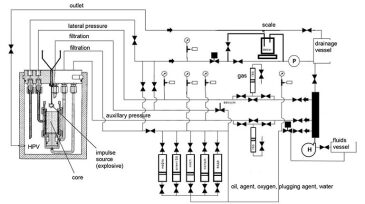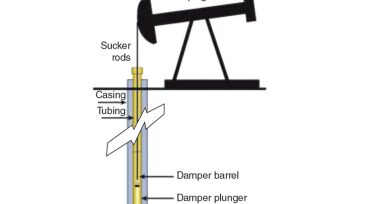stimulation
-
The key element of hydraulic-fracture modeling is the prediction of the generated fracture geometries. Research conducted over the years has trickled down predictive software. Nevertheless, the ability to design optimal fracture treatments is hampered, as we cannot “see” the subsurface.
-
SponsoredA novel metric allows operators to chart a new course to maximizing production. Gain greater insight into flow resistance in the near-wellbore region of a fractured well.
-
SponsoredGot carbonates? Then you know the challenges of acidizing. A new autonomous outflow control device can give you greater control and significantly improve your results.
-
A pressure-monitoring technique using an offset sealed wellbore as a monitoring source has led to advancements in quantifying cluster efficiencies of hydraulic stimulations in real time.
-
Several well-stimulation products and techniques have been seen to benefit well productivity from recent field trials and implementations in carbonate reservoirs, including simpler acid fluid systems, integrated work flows, and coiled-tubing bottomhole assemblies.
-
In the complete paper, the inverse-injectivity method of evaluating matrix-stimulation performance is modified and validated with real data of two matrix-acidizing operations in a gas-condensate field.
-
The authors examine methods of adopting an aggressive approach to optimizing stimulation design to lower the break-even level of operations and evaluate the results.
-
This paper discusses the potential of seismic and seismochemical well simulation in particular within the scope of this recent technology.
-
The fourth industrial revolution is taking the oil and gas business by storm. Many companies have increased resources for big-data analytics and machine learning. Though no one sees physical oilfield services as in decline, development in these areas may take a back seat to artificial intelligence.
-
Seismic stimulation, achievable with the implementation of a single tool, requires significantly lower investments than gas, thermal, and chemical injection methods, with minimal environmental impact.

